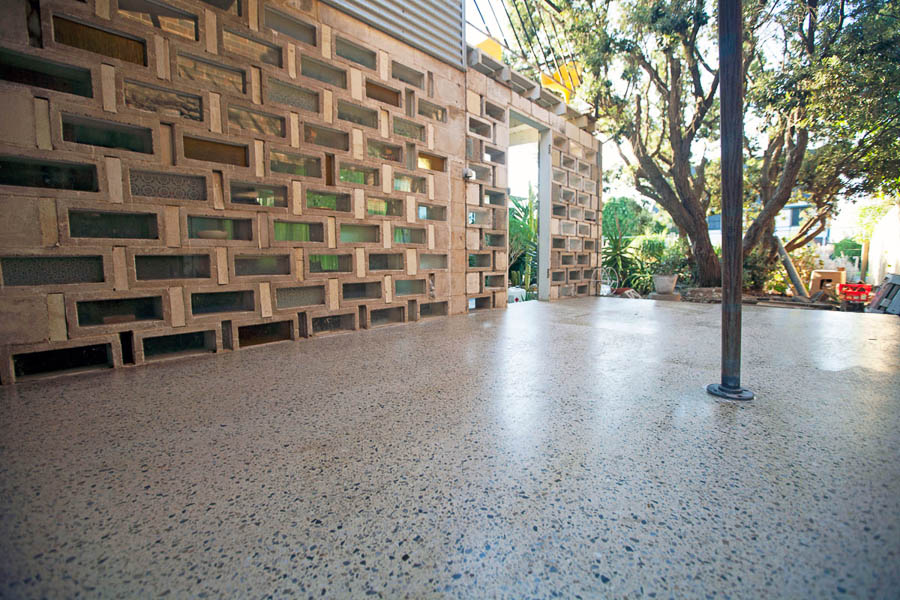
Retaining walls can provide both style and functionality to your home. A common homeowner's question is What are the different types of Retaining Walls Adelaide available, and what are their pros and cons? In this article, we will explore three of the most popular options and help you determine which one would be best for your project.
1) How Do Retaining Walls Work?
A retaining wall is a structure that holds back soil or rock from a slope. It is used to protect against erosion and can also be used to create more usable space in your yard. There are three main types of retaining walls: gravity, cantilevered and anchored. Each type has its own set of benefits and drawbacks.
Gravity walls rely on their weight to hold back the soil. They are typically made of concrete or stone and can be very expensive. These walls require at least one foot of height for every foot of length. If you live in an area with heavy rainfall or flooding, these walls may not work for you because they are less stable than other types. The benefits include being relatively easy to install and long-lasting.
2) Different Types of Retaining Wall Systems
There are three primary types of retaining walls: gravity, cantilevered and anchored. Each type has different benefits in terms of both function and style. Gravity walls rely on their weight to hold back the soil. They are typically made from concrete or stone and can be very effective at holding back large amounts of dirt. However, they are not suitable for all applications, as they can be expensive and require a lot of maintenance.
Cantilevered walls use poles that extend out over the edge of the wall to hold it up. These kinds of walls are good for slopes less than 20 degrees because they need less material than gravity-based systems. Anchored walls have steel rods embedded into them that attach them to something like a house foundation, which means you don't need heavy materials like rocks to build them up with.
3) What To Look For When Hiring A Company To Build Retaining Walls?
When looking for a company to build your retaining wall, it is important to consider the following:
-The company's experience in building retaining walls.
-The company's reputation.
-The type of retaining wall that you want.
-The company's pricing.
-The company's customer service. It is essential to work with someone who will answer all of your questions before, during and after the project.
-The company's references. Check out their past projects and find out if they have happy customers willing to talk about their experience with them.
-Pictures or a portfolio from previous projects would be beneficial as well. You can see what the result should look like and what materials were used by comparing it with other companies' portfolios or pictures on their website.
Conclusion
A Retaining Walls Adelaide is a great way to add style and function to your home. There are three main types of retaining walls: gravity, cantilevered and anchored. Each type has its unique benefits that can be tailored to your specific needs. With a little planning, you can have the perfect retaining wall installed in no time.
Source: 3 Types of Retaining Walls That Can Add Style and Function to Your Home
Comments
Post a Comment